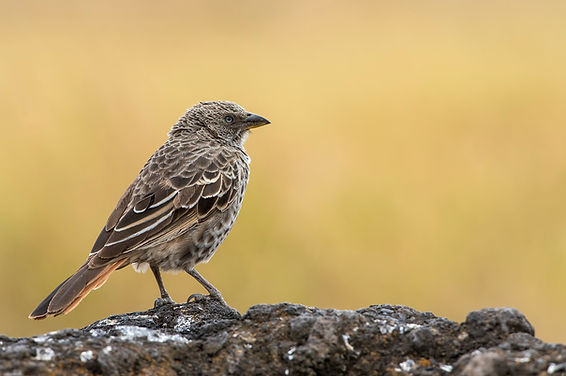KEN'S PHOTO TIPS
EPISODE 10
STANDARDIZE YOUR CROPPING. This is really simple, but has drastically changed my workflow. Cropping is crucial to making your photos look their best. And most of the time, it’s actually best to start with a standard cropping ratio. I use 4:3 and 3:2. These ratios end up working well for most applications, whether you’re printing photos, or displaying them on Facebook or on web pages. And the standardization of aspect ratios ends up looking really good when you display your photos in an online gallery. Around 15-20% of the time, I crop my photos vertically (see Photo Tips post on that subject), while maintaining the same ratios. Once in a blue moon, if a certain photo really demands it, I will use a different ratio.
It’s not rocket science, but I found that starting from a default aspect ratio both simplified my workflow, and consistently made my photos look better. Without thinking about their approach to cropping, most people, myself included, tend towards square crops, which aren’t ideal, except on a platform like Instagram.
In a future post, I’ll talk a bit more about other aspects of cropping: an oft-neglected but crucial part of photography.

Lots of things you could do with this photo, but 4:3, along with a bit of creativity in the placement of the bird and the termite mound, ends up working well.
Red-and-yellow Barbet.

A rookie cropper would probably give this pic a square crop, but it ends up being much nicer at 3:2. That warm, creamy background, to the right of the bird, really welcomes the eye. Rufous-tailed Weaver.

An example where 3:4 works well. The vertical crop nicely accentuates the attractive lankiness of this Saddle-billed Stork.

Vertical 3:4 allows a fairly tight crop, to display the sharpness and nice, diffuse light on this Yellow-collared Lovebird.